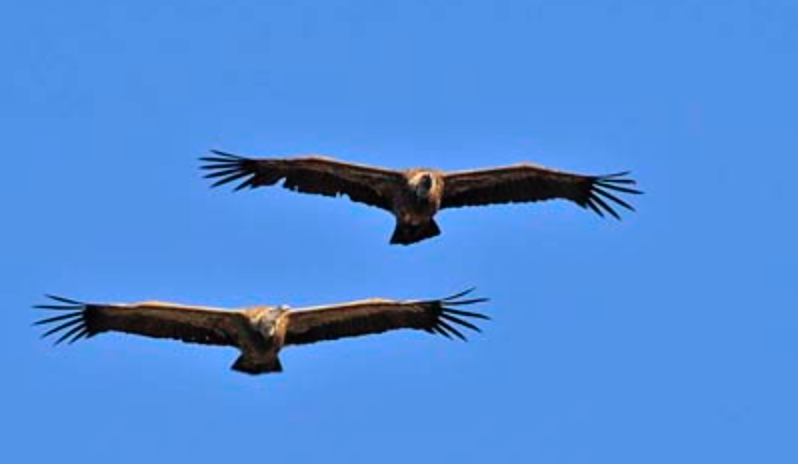
Thread: This statue was found under the floor of the Square Temple in Tell Asmar and is dated to ED II period (2750/2700–2600BC)...The images are from this amazing paper "Sculpture of the Third Millennium B.C. from Tell Asmar and Khafajah" oi.uchicago.edu/sites/oi.uchic… 



In this paper Henry Frankfort proposes that this statue, much bigger than any other statue found in Tell Asmar, is the depiction of the god Abu, god of vegetation, whose name means "Father pasture"...
What is interesting is that the statue stands on a base with a very interesting relief: Anzu bird standing between two Goitered gazelles (not mountain goats see the horns) lying on leafy branches....
Top - mountain goat, ibex
Bottom - goitered gazelle


Top - mountain goat, ibex
Bottom - goitered gazelle



Anzu bird was the symbol of the thunder god Ninurta/Ningirsu. It is best known from the Entemena vase where it is depicted as a lion headed eagle flanked by (actually grabbing) two mountain goats (Ibexes). oldeuropeanculture.blogspot.com/2019/09/enteme… 

But apparently the earliest depiction of Anzu bird has eagle head...In the paper "God or worshiper" Thorkild Jakobsen says that the earliest form under which Ninurta/Ningirsu was worshiped was an enormous black eagle gliding with outstretched wings. oi.uchicago.edu/sites/oi.uchic…
Thorkild Jakobsen says that this was a representation of a black storm cloud, but I think that this was actually an enormous eagle gliding with outstretched wings: a vulture... 



But also a storm cloud.
Remember the link between vultures and the rain season: in Mesopotamia vultures start mating at the beginning of the rain season, in November...He is the Eagle Dude...
Remember the link between vultures and the rain season: in Mesopotamia vultures start mating at the beginning of the rain season, in November...He is the Eagle Dude...
https://twitter.com/serbiaireland/status/1340362265170731010
Apparently, Abu, god of vegetation, was just another name for Ninurta/Ningirsu, thunder god...Which is kind of obvious considering that in Mesopotamia, it is the rain season, which brings vegetation back to life...
And interestingly, the rains season starts when vultures start their mating synchronised gliding routines. Oh and when Goitered gazelles start their mating too...I talked about it here
https://twitter.com/serbiaireland/status/1347885421045407744
Which is why on the base of the statue of the god of vegetation Abu, we see the (lion headed) Eagle of the thunderstorm god, flanked by two Goitered gazelles...
By the way, I will talk about how the Storm Eagle acquired the lion head soon...
By the way, I will talk about how the Storm Eagle acquired the lion head soon...
• • •
Missing some Tweet in this thread? You can try to
force a refresh












